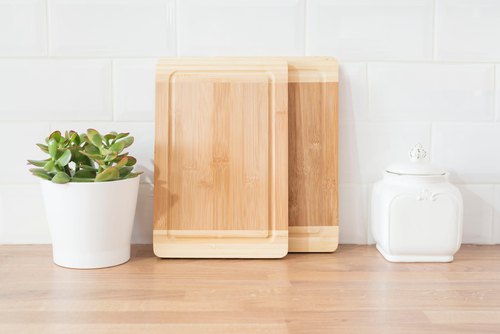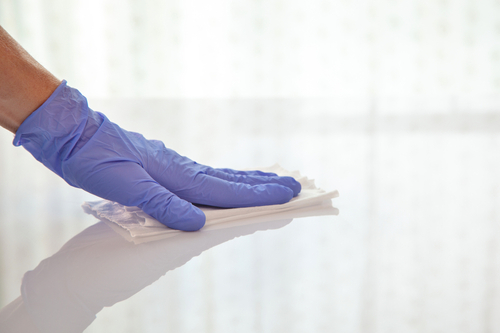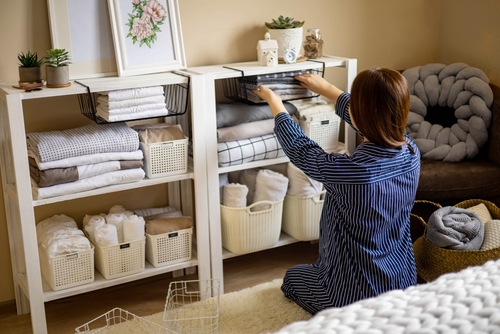
What Should I Prepare For A Part-Time Cleaner?
April 13, 2021
How To Choose The Right Carpet Cleaning Company?
July 18, 2021What Are The Common Bacteria In Home?
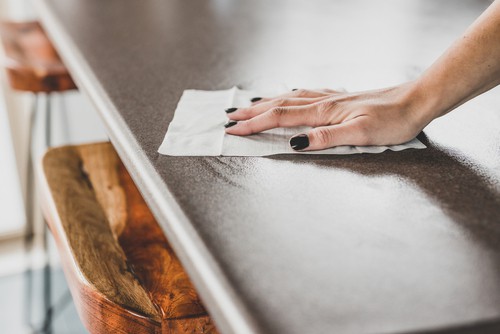
What Are The Common Bacteria In Home? Do you know you are living with bacteria? Do you want to know the source? They are everywhere in your home. Some common home bacteria make their way to your home.
The bacterial organisms are present in your kitchen, washroom, bedroom, and even on your skin. A few bacteria are not harmful. However, some can lead to many health issues. Their presence might cause respiratory problems, stomach infections, and skin irritations.
Therefore, you will have to consider disinfecting your home to create a safe and healthy environment. In this article, we will cover some common home bacteria that make their way to your home.
Micrococcus
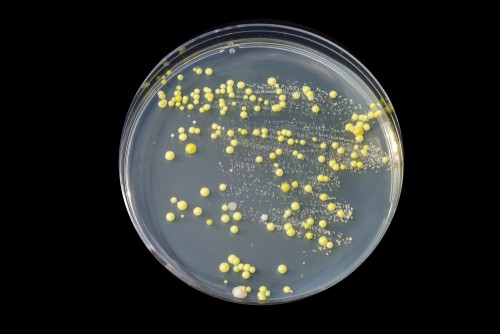
Micrococcus is a sphere-shaped bacterium. The bacteria make their way to your skin. These are relatively harmless. In addition to the skin, they can also stay in the soil, water, and meat. This type loves to feed on decomposing materials.
Micrococcus can lead to fish spoilage. If you notice fish spoilage in your home, you should take the help of experts to remove the bacteria. The long exposure might impact those with poor immunity. You can also disinfect your home regularly.
Pseudomonas
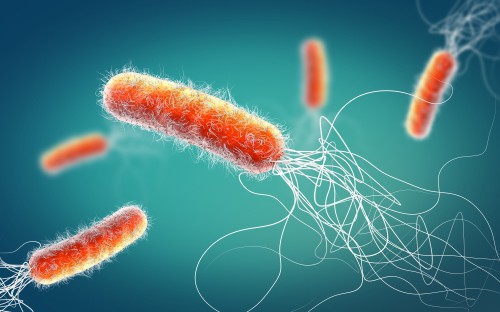
Pseudomonas is a rod-shaped bacterium. They can survive in soil, water, and even on plants. Like the previous one, these are opportunistic pathogens. They can cause nosocomial infections to those with compromised immunity.
In addition to the infection, they can create exotoxins. If you are a healthy person, the bacteria might not impact you much. However, they can harm all those who frequently get infections due to poor immunity. Also, this bacterium can spread easily.
They can spread through cleaning solutions, food, and even medical equipment. Pseudomonas can aggravate certain health conditions that include burn wounds, AIDs, HIV, and fibrosis.
If pseudomonas causes infections, you cannot expect a fast recovery. The bacteria can resist some antibiotics as well.
Staphylococcus
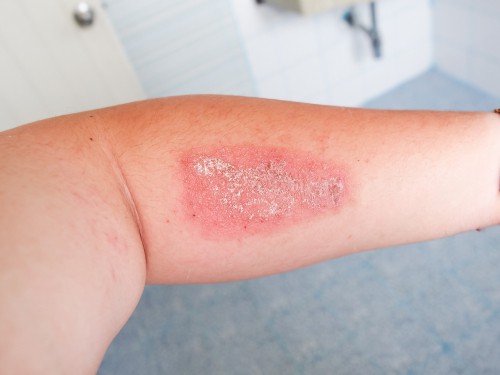
It is also a sphere-shaped bacterium. However, it is not harmless. It is more harmful than the above two. It can cause different types of infections by attacking body tissues. The infection might be mild and might not warrant a medical visit.
This bacterium is present everywhere in your home. You can find them on your skin. In addition to your skin, they exist in your throat and nasal passages. When it comes to the infection, they can cause food poisoning, skin infections, and toxic shock syndrome.
As mentioned above, most of these bacteria type is not harmless. They can survive in all conditions even in oxygen absence.
Bacillus
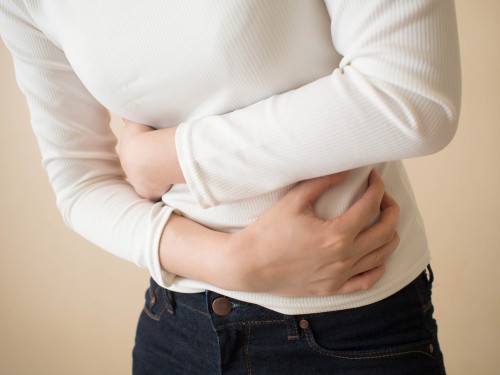
This bacterium is hardy and harmful. It is capable of producing endospores-small structures. These structures can lead to many health issues. The bacteria include both non-parasitic and parasitic species.
They can survive in water, dust, soil, and even in the digestive system of humans. When some of these species can cause infections, others can lead to food poisoning. There are different types of species. Some are beneficial, and others are harmful.
The harmful species can harm humans, plants, and other organisms. Here are two Bacillus species.
- Bacillus Cereus: The species is known for causing serious food poisoning. However, it is not common, like Salmonella that causes frequent stomach infections and food-borne diseases. This species is present on the rice’s external casing.
They produce highly resistant spores. The spores can withstand low and high temperatures and pasteurization as well.
- Bacillus Subtilis
Bacillus Subtilis is also called grass bacillus. The bacteria exist in the human’s gastrointestinal tract and soil. Also, it is resistant to high temperatures like the previous one. However, this species is also resistant to chemicals and environmental factors.
All these unique qualities make this species ideal for some industrial processes. Also, it is helpful for many antibiotic productions.
- Botulism
Botulism is a rod-shaped bacterium. You can find this bacterium in different variety of foods such as low-acid preserved foods that include green beans, mushrooms, beets, spinach, and fish. These are also present in canned tuna and smoked and salted fish.
Botulism can cause severe illnesses such as dry mouth, blurred vision, muscle weakness, dropped eyelids, and difficulty swallowing. All these conditions warrant an immediate medical visit.
What Are The Common Bacteria In Home? – Conclusion
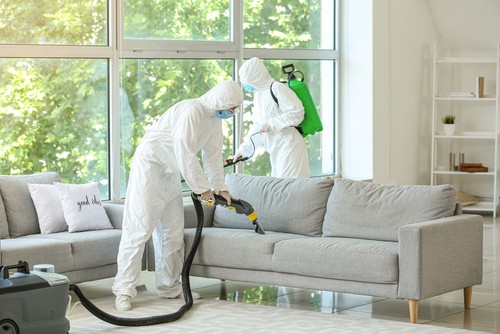
We are living with some common home bacteria. Most of them are not harmful. But some bacteria can cause physical distress. You can disinfect your home regularly to minimize the presence of common bacteria. You will have to disinfect your entire home.
The most concerning areas are your washroom, living room, and kitchen.

